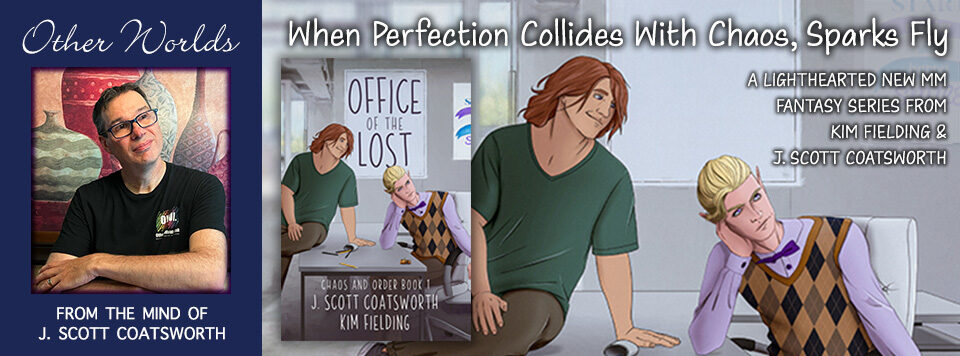
In writing, there are many different forms, or structures, to choose from when you decide to write something new. Which one you use depends on the story you want to tell.
It’s like building a house.
Maybe you have one person’s story to tell, something that takes place over a fairly short period of time. You might choose to build a small studio apartment, where everything has its place and nothing that isn’t necessary is included. That’s a short story, usually anything up to 15,000 words.
Maybe you want to tell the story of a couple characters, but still over a very short time frame. You want a little more elbow room, but you’ll still have to keep things reasonable. So you choose a two bedroom apartment, where you can add a bit more in terms of furnishings and embellishments, but you’ll still need to remain cognizant of your overall size. That’s a novelette or novella, usually 15,000-40,000 words.
Or maybe you have something more ambitious in mind—the story of a grand event, or a tale told over longer period of time in which our inhabitants must learn, interact, and grow. You might select a four bedroom house on a decent plot of land, with views of the mountains in the distance. That’s a novel, roughly 40,000-100,000 words.
Finally, maybe you are telling an epic story for the ages, one that sprawls out across time and/or worlds. One that requires a larger cast, each of who has their own individual wants, motivations and needs. If so, you might need a whole apartment complex, full of elevators and stairs and common areas where he characters might interact. That’s an epic novel, which is usually more (and sometimes much more) than 100,000 words.
Each of these story structures has its own quirks and requirements. Short stories, for example, should make use of every single word, and this becomes truer the shorter the story. Writing flash fiction, for instance (usually 1,000 words or less), often entails a painstaking re-examination of the story to weed out unnecessary verbiage, extra sentences, or even changing out simple words for more complex ones that pack more into the story.
In the traditional short story format, it may be necessary to trim some of your gorgeous world building, and to limit the number of point of view characters. My general rule of thumb is one POV for a 5-10,000 word story, and two for 10,000-20,000.
Novellas offer you a bit more room to spread your wings, and can be much faster to write than a full-fledged novel. But beware… they often offer just enough story to get a reader hooked, while leaving them wanting more (and sometimes feeling cheated). I’ve received my share of “Loved this story but hated that it ended so soon” three star reviews for my novellas.
Novels are my jam. They provide maximum room for exploration and even a bit of wandering—sure, head down that path through the enchanted forest and see where it leads—but your story’s pacing matters even more here than in a shorter work. Just because you can meander a bit doesn’t mean you should—you need to keep the trains running on time.
And epic-length novels? Don’t get me wrong. As a reader, I love these. They let me really sink my teeth into a world for an extended period of time, which can be wonderful if you love the vibe the writer has created. But they’re especially prone to wandering and faulty pacing. More isn’t aways more, and if you are writing at this length, you’ll want to have a clearly established plot with enough regular movement to keep your readers engaged. You want them to think “That’s it?” when they finish, not the “Thank God it’s over.”
So before you start in on your story, give it some thought, and decide if it’s more suited to a chic studio apartment in town, a large ranch house out in the suburbs, or maybe even a castle with a moat on a faraway hill.
And if you choose the wrong one? You can always relocate.
